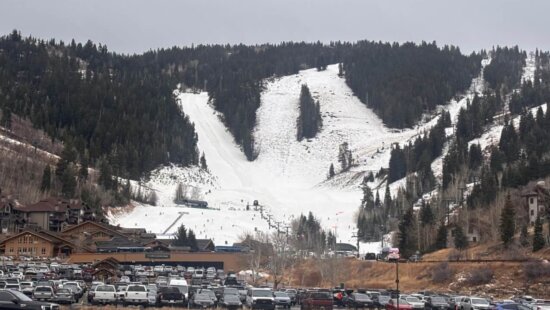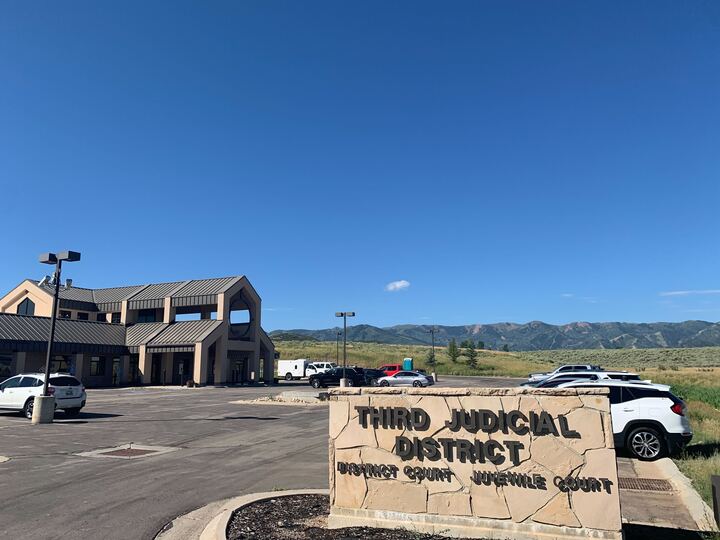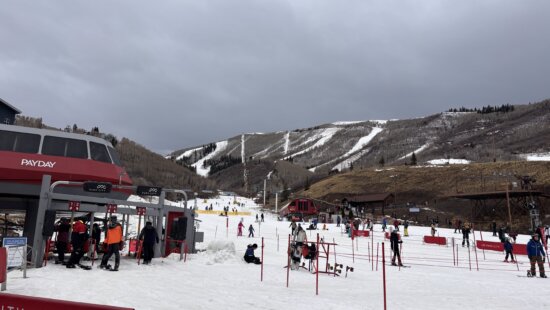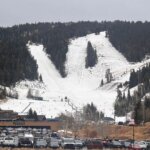Environment
Utah’s dark skies set the stage for Orionid Meteor Shower this weekend
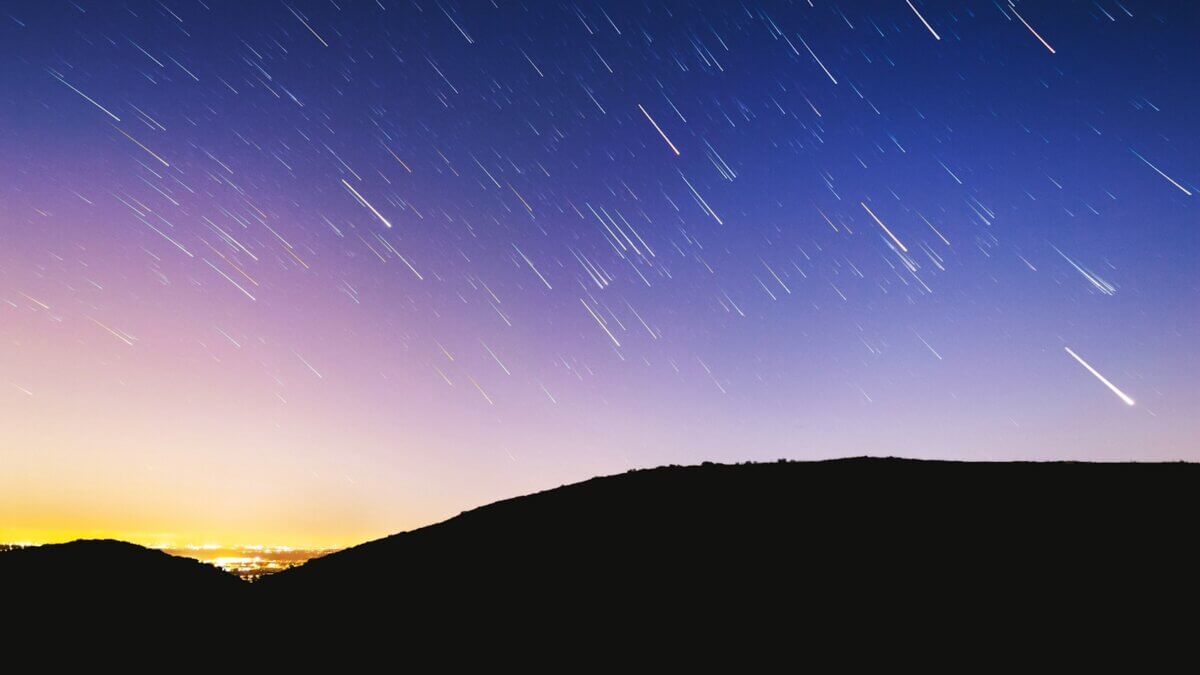
Photo: Photo by Austin Schmid
PARK CITY, Utah — The Orionid meteor shower, one of the most reliable celestial displays of autumn, will peak on the night of Sunday, October 20, with the best viewing times expected between 11:30 p.m. and 2:30 a.m., according to The Farmer’s Almanac.
This annual meteor shower occurs when Earth passes through the debris left by Halley’s Comet, typically producing 10 to 20 meteors per hour under clear, dark skies. “The Orionids are fast, bright, and often leave glowing trails that can linger for several seconds,” The Farmer’s Almanac reports.
This year, the peak coincides with a nearly moonless sky, creating ideal viewing conditions—especially in Utah’s high-elevation areas, where dry air and low humidity enhance visibility.
Best Local Viewing
Stargazers in Summit County are encouraged to move away from city lights and allow at least 20 minutes for their eyes to adjust to the darkness. The Farmer’s Almanac suggests reclining flat and scanning the entire sky rather than focusing on one spot, since meteors can appear anywhere, although they will seem to emanate from the constellation Orion.
High-altitude locations such as Guardsman Pass, Mirror Lake Highway, and Rockport State Park provide excellent vantage points with minimal light pollution.
Dark Skies, Bright Opportunities
Utah is home to more than two dozen International Dark Sky Places, including Canyonlands National Park, which holds a Bortle Class 1 rating—the darkest measurable sky on Earth. Designated as a Gold-Tier International Dark Sky Park by the International Dark-Sky Association, Canyonlands ranks among the darkest night-sky sites in the nation.
Still, Summit County residents don’t have to travel far for a spectacular view; under clear conditions, the Orionids should also be visible from open areas around Park City, Kamas, and the Uinta foothills.
Viewing Tips
The Farmer’s Almanac recommends dressing warmly, turning off flashlights and phones, and avoiding artificial light for the best viewing experience. “Patience is key,” the publication notes. “The longer you stay out, the more meteors you’ll see.”
The Orionids will remain active through October 22, but the most spectacular display will occur late Sunday night into early Monday morning—serving as a quiet reminder that even as temperatures drop, the skies above Utah continue to shine brightly.
















